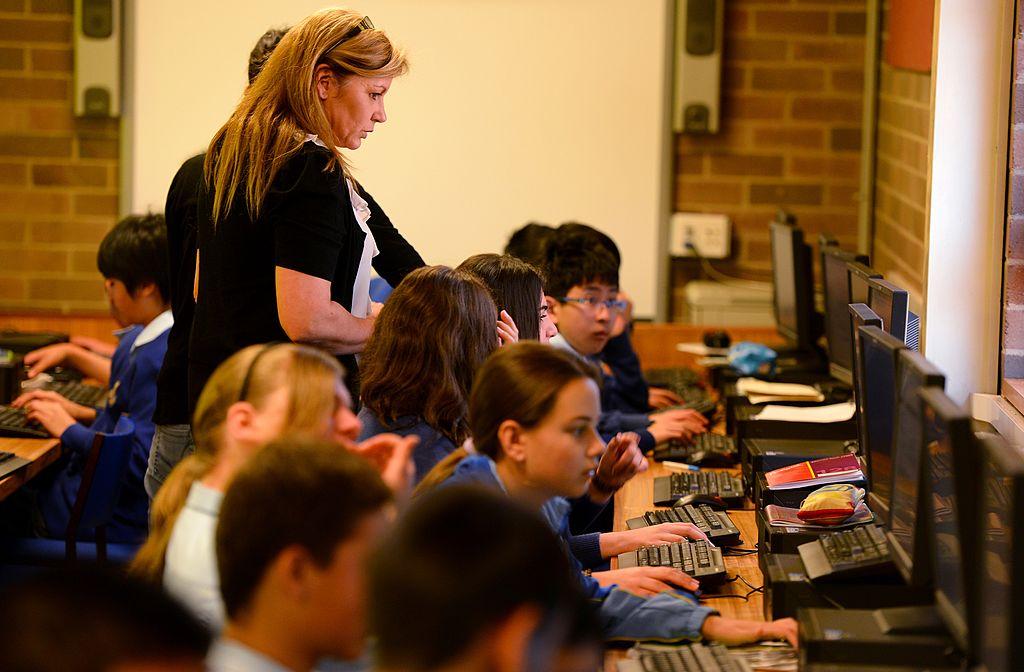Smart speakers could be crucial to stopping domestic violence by detecting screams and shouts, and providing instant real-time information about what’s happening in homes, according to new research.
One in four Australian homes have a smart speaker with artificial intelligence (AI), like Amazon Echo, Apple Homepod, or Google Nest.





